HAROLD PACE May 20, 2022 All Feature Vehicles
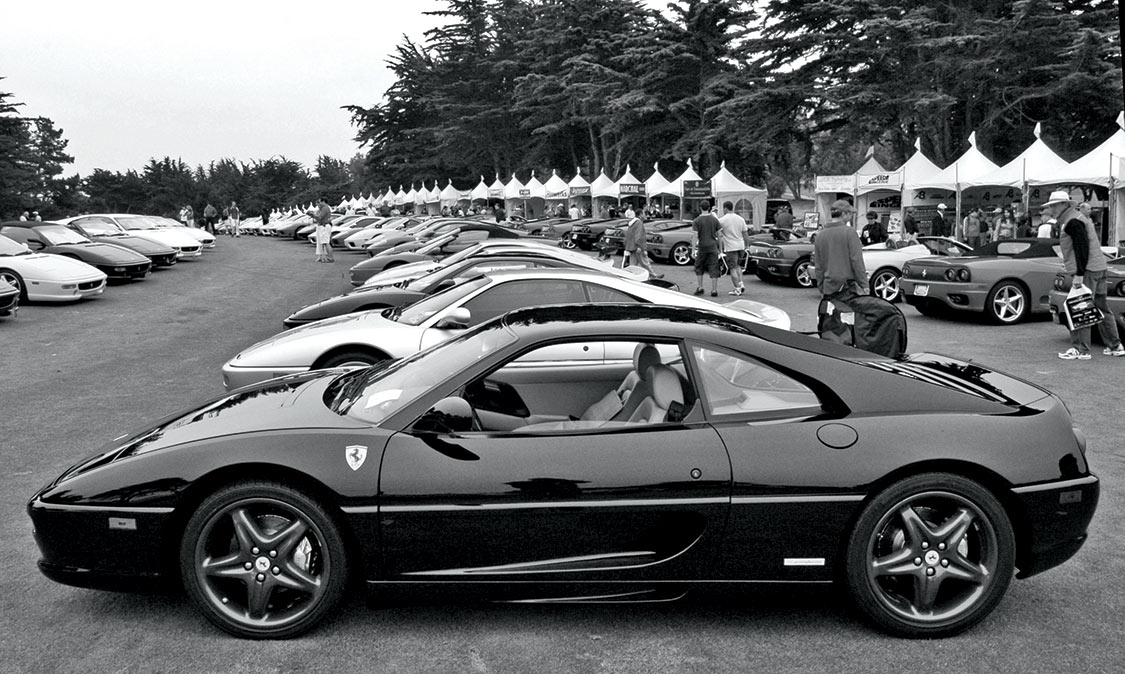
With the recent sale of a Ferrari 250 GTO for more than $50 million, Ferraris are currently the hottest flavor in the collector car candy store. Pretty much all V-12 Ferraris from the ’60s and earlier are worth more than half a million and rising faster than pizza dough. But there are still Ferraris that can be had for less than a new Corvette, and some for less than a new Miata. But just because you can afford one, should you jump into the game?
The majority of affordable Ferraris are V-8s from the ’70s and newer. Although they can often be bought through online auctions for what seems like very reasonable money, the purchase price is often a small part of the total expense of Ferrari ownership. With most collector cars the price of a total restoration can easily exceed the value of the car. With Ferraris the price of routine maintenance can do the same. Tune-ups easily top $5,000, and the cost of just basic engine work can exceed $30,000.
Due to the stratospheric rates for even minor repairs, it’s common for owners of lower-valued Ferraris to forego servicing until the car is in desperate straits. That’s why it’s very important to insist on records for all shop work, and also why unscrupulous owners may prefer to sell at auctions to prevent close inspections and embarrassing questions from prospective buyers. Having a car inspected by a Ferrari expert before purchase is a must.
The good news is that an experienced amateur mechanic can probably maintain a carbureted or mechanically injected Ferrari. If you have kept a vintage Jaguar, Porsche 911 or Mercedes on the road, Ferrari innards should hold no big surprises (other than the price for parts). Otherwise, you’ll want to find an independent repair shop with Ferrari experience to maintain your car.
If you can’t get visions of a prancing horse out of your head, here are some of the best deals, plus a few to think twice about before buying. We’ve even rated them on a scale of one (think ring with a curse) to five stars (Michael Schumacher, eat your heart out!). These numbers are based on value, running costs and performance. Of course, if you can afford the upkeep, any Ferrari is better than no Ferrari at all!
The GT4 was the first V-8-powered street Ferrari, and followed the popular 246 Dino. Like its predecessor, it was named for Enzo Ferrari’s late son Alfredo (Dino) and initially had no Ferrari emblems on the outside. In 1976, the badging was switched to Ferrari at the insistence of the dealers. The wedgy 2+2 styling by the Italian styling house Bertone was initially considered too tame when compared to the racy two-seat 246. The 308’s 16-valve engine (3.0L, eight cylinders) was fed by four Weber carburetors and produced 230 hp in American market tune. The engine was mounted transversely behind the driver for a compact package. After years of being the cheapest used Ferrari, the Dino has seen a resurgence of popularity lately.
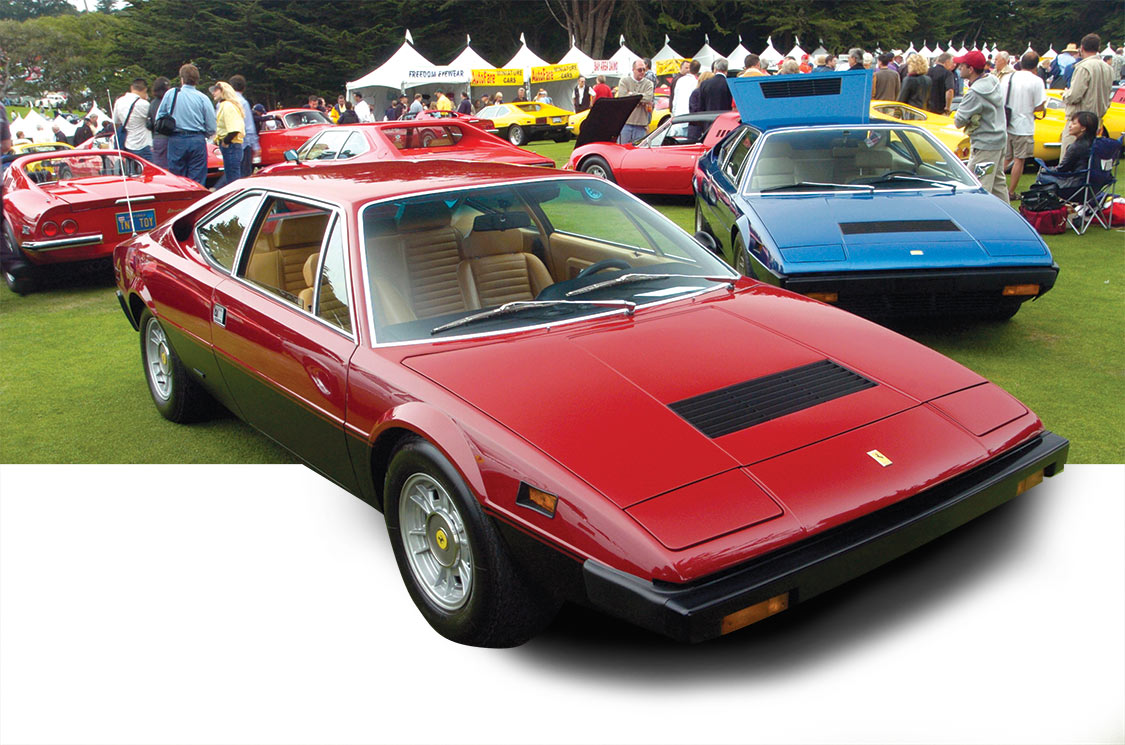
Price range: $25,000-35,000 for nice cars, but so-so examples can be had for less than $20,000. As with all Ferraris, buy the best example you can afford.
308 GT4 ★★★
The two-seat GTB (coupe) and GTS (Spyder) were sold alongside the Dino and enjoyed huge sales success, due in part to the highly visible example driven by actor Tom Selleck in the popular television series Magnum, P.I. The first ones had fiberglass bodies, but by 1976 they were switched to steel. The rare ’glass models now run more than $60,000, but metal models are half that. The 1975-79 308 models shared the carbureted 3.0L engine with the Dino GT4, but in 1980 a lackluster fuel-injection system robbed horsepower from the 308 GTBi and GTSi versions. In 1982 four-valve heads brought the Quattrovalvole GTB QV and GTS QV models back to 308 power levels. Although all 308 models were available through the American dealer network, a substantial number of lighter, faster European models were adapted by the gray market industry with widely varying degrees of proficiency.
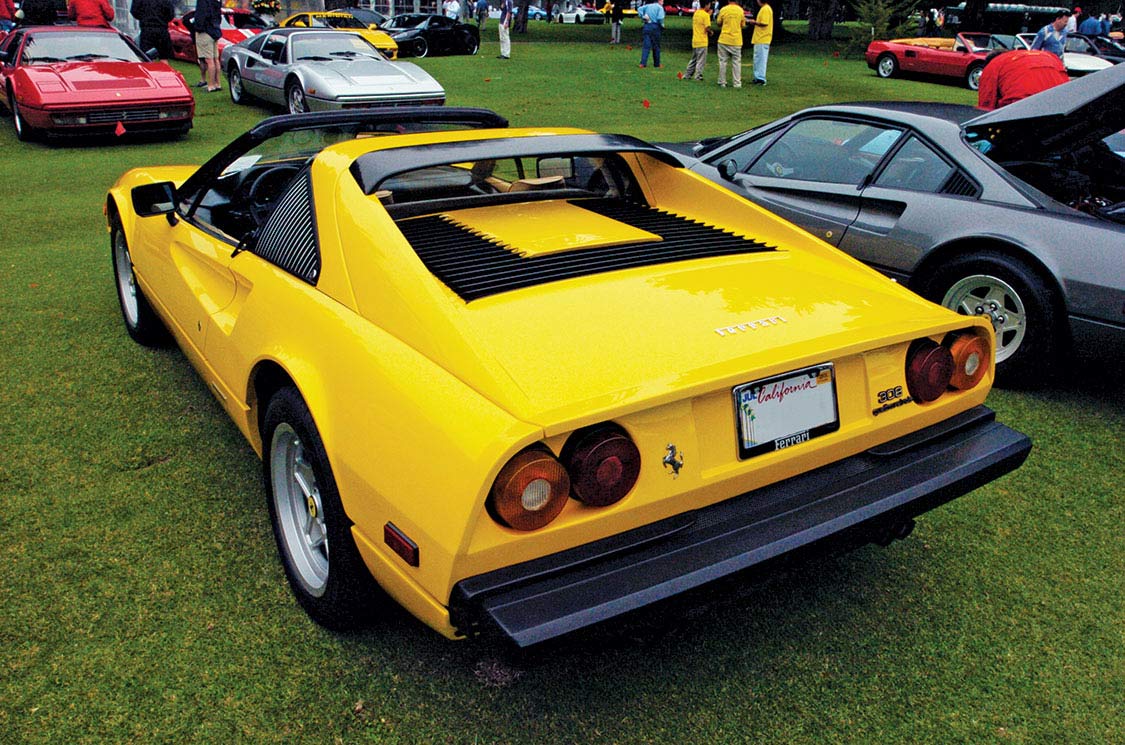
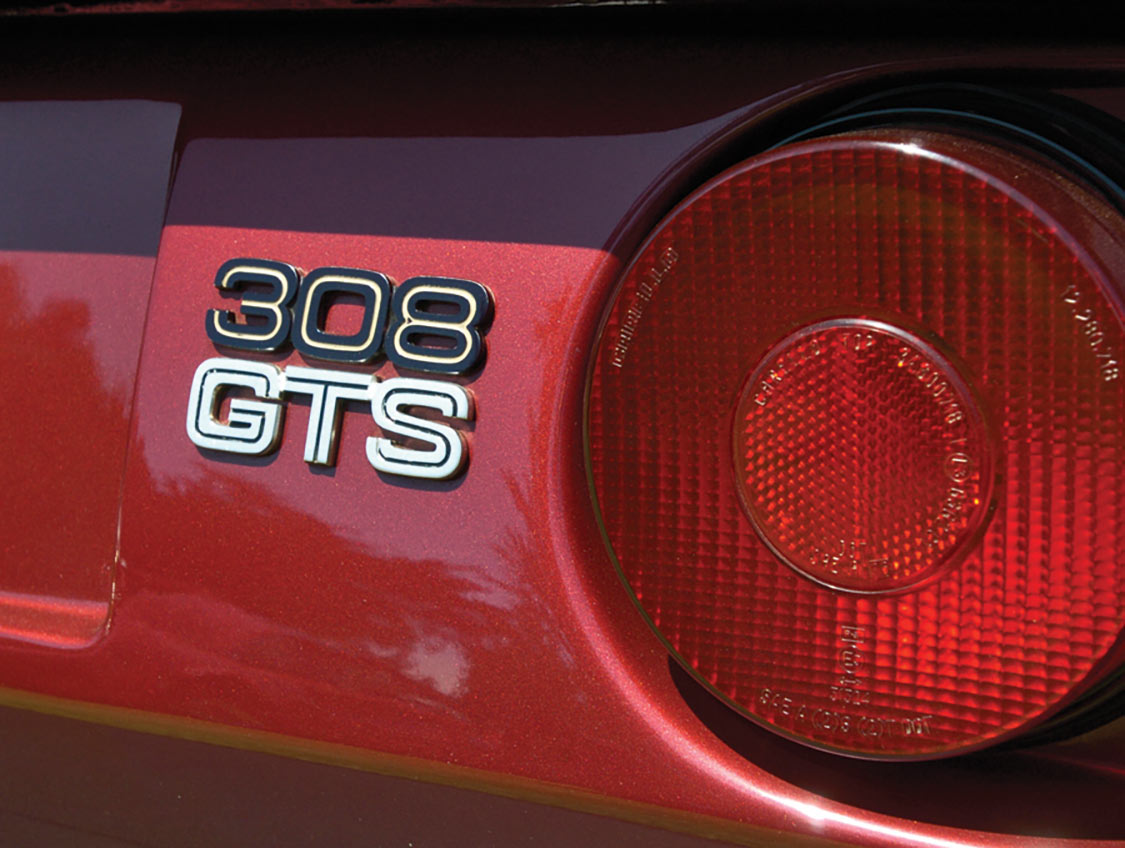
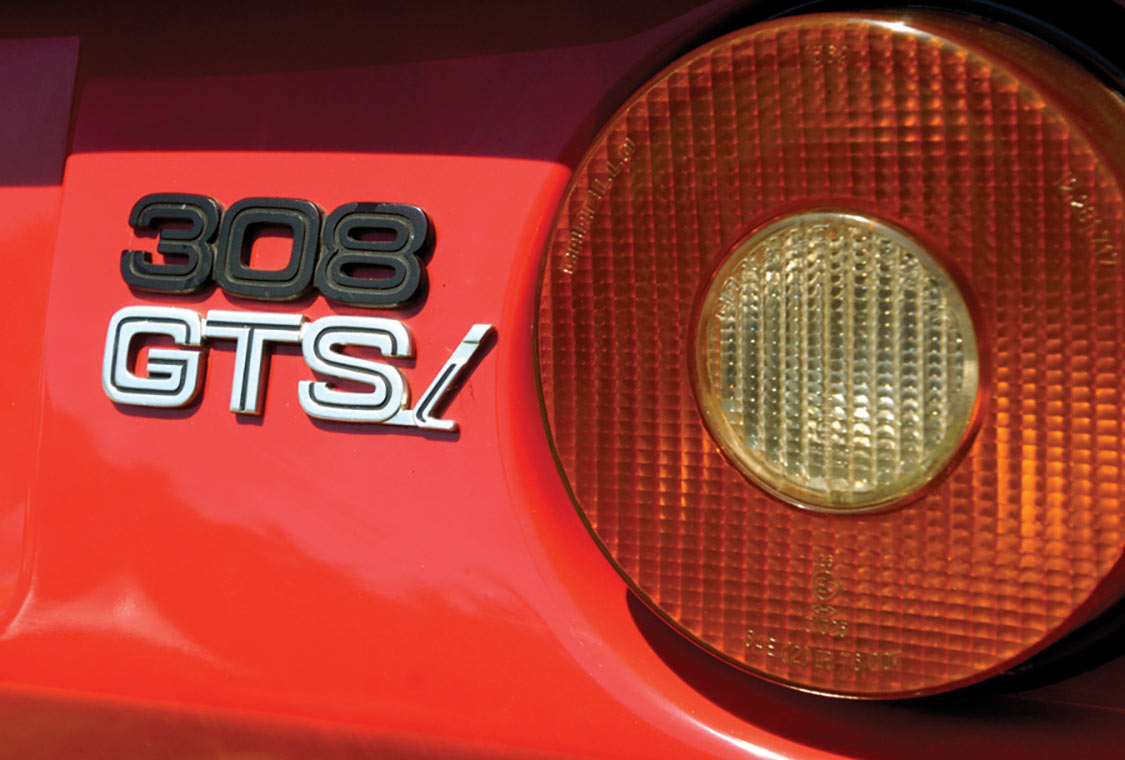
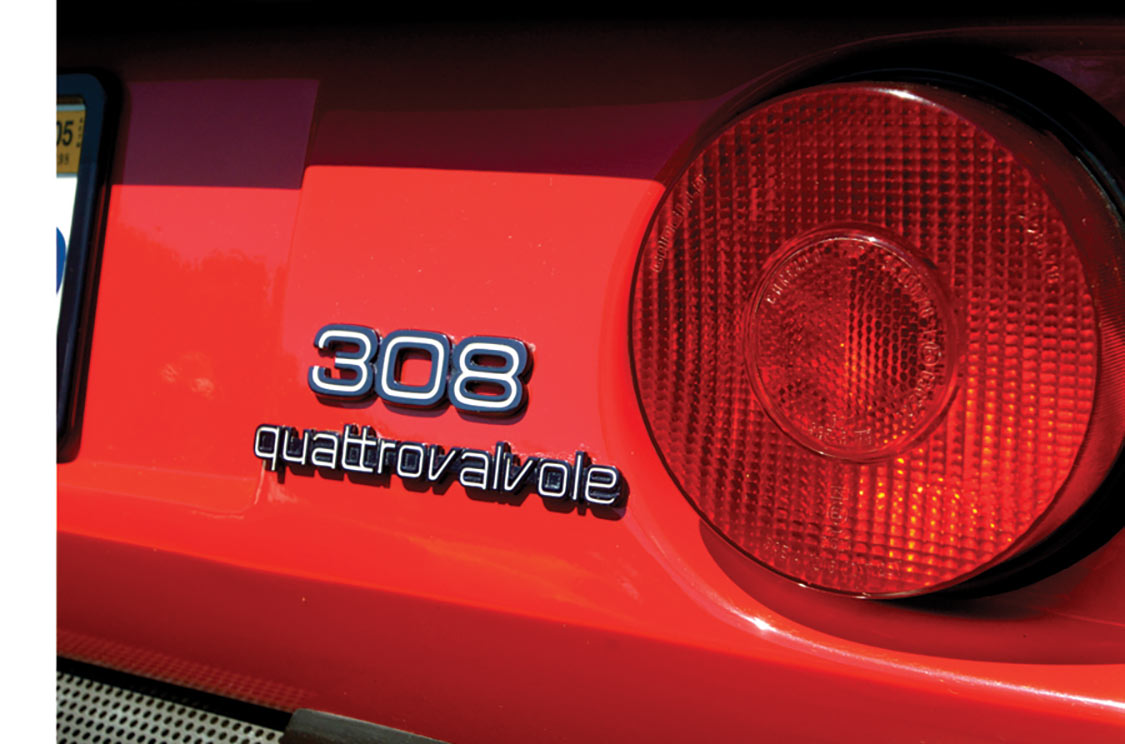
Price range: 308 GTB/GTS: $25,000-35,000; 308 GTBi/GTSi: $20,000-30,000 and 308QV GTB/GTS: $30,000-40,000. Spyders usually go for an extra $5,000 more than the Berlinettas (coupes). Our pick would be an early carbureted 308 for the lower maintenance costs and better performance. We’ve seen these sell for less than $25,000, but the cost of even a minor repair will quickly wipe out any savings.
308/308QV ★★★★
308i ★★
The final version of the famed 308 models received a new designation, courtesy of a more muscular 3.2L version of the QV engine. The 328 was also more civilized than the earlier V-8s, even gaining ABS during the production run. Visually the 328 has a more angular nose than the 308, and late versions with ABS have wheels with less offset. The 328 has always been an admired model and has better resale than the troublesome 348 model that followed.
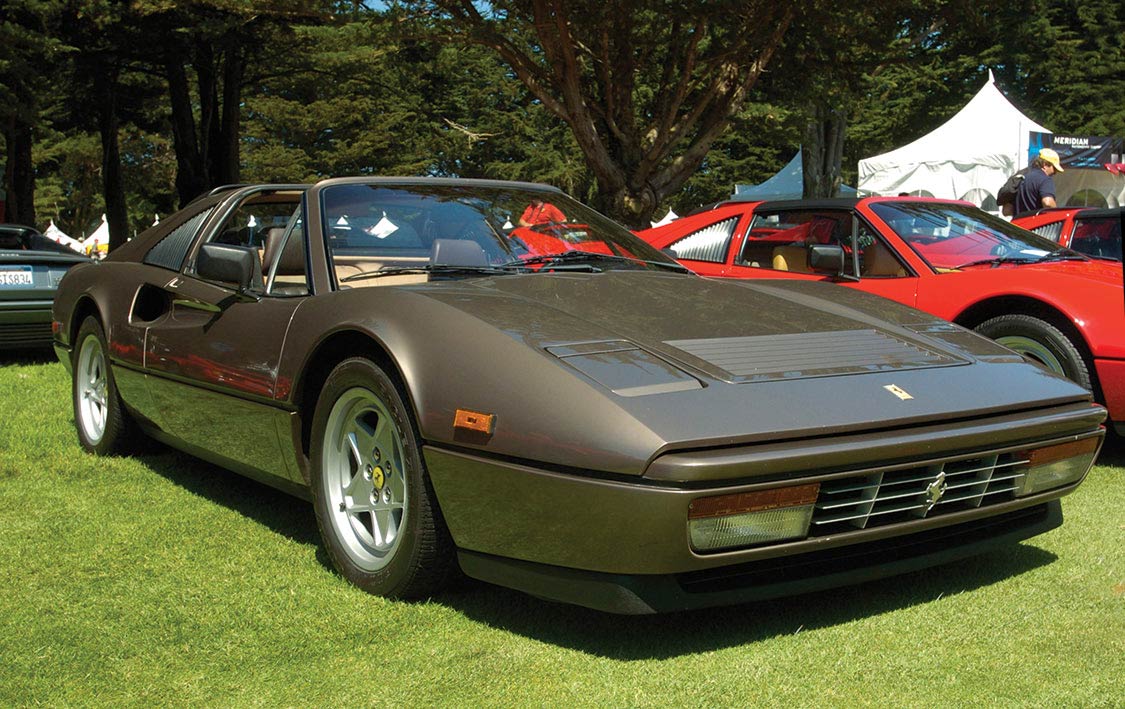
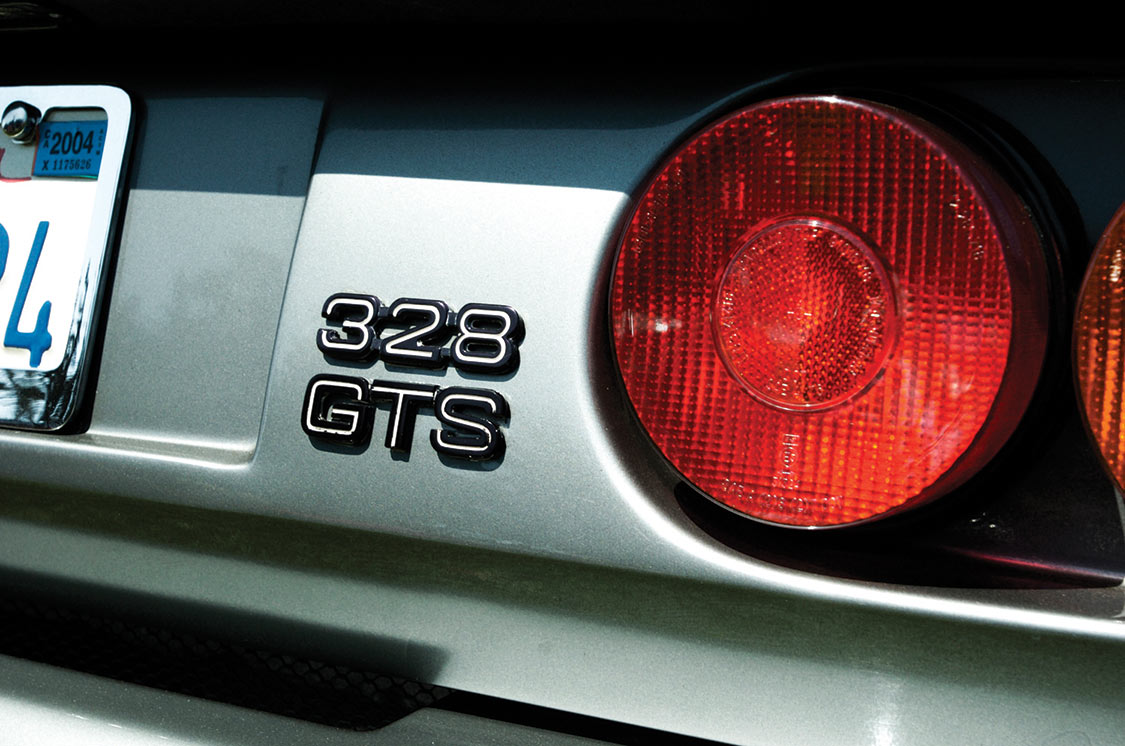
Price range: $35,000-55,000.
328 GTS and GTB ★★★★★
This long-lived four-seater replaced the Dino GT4 and was based on the running gear of the two-seat models that were built at the same time. Both coupe and cabriolet versions were available. The 1980-82 Mondiale 8 carried the injected 308 GTi engines, but in a package that was heavier (and even slower) than the GTBi and GTSi. Like the Dino GT4, the Mondiale models were criticized for styling that was refined rather than exciting. However, they handle well and are the lowest priced Ferraris on the market today. In 1982 the QV engine was dropped in, and three years later the 3.2L mill from the 328 finally gave the Mondiale a respectable level of performance. The final version was the 1989-93 Mondiale t, which switched to the longitudinally-mounted 3.4L V-8 from the 348 series. These are deceptively quick and not that much more valuable than the earlier models.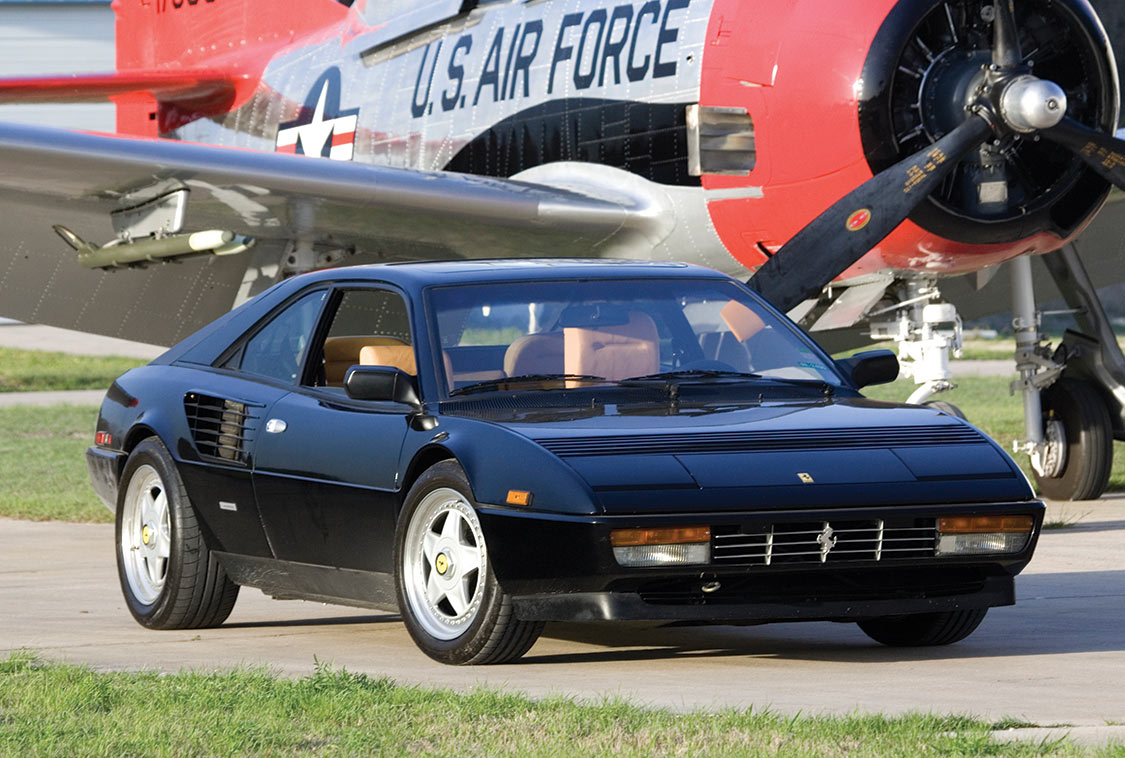
Price range: $15,000-45,000. But watch out, Mondiales are the poster children for deferred-maintenance Ferraris, and they cost just as much to repair as more valuable versions.
Mondiale 8 ★
Mondiale QV ★★
Mondiale 3.2 ★★★
Mondiale t ★★★★
The 348 was an all-new model that followed the popular 308/328 series. It got off to a rough start with road test reports of high-speed instability and a disappointing standard of finish. The 348s are expensive to keep alive and many haven’t been kept up throughout the years. The 348 was also the first Ferrari with a transversely-mounted gearbox and longitudinally-mounted engine. The final models handled better, so pick a later one. There were also 100 Serie Speciale models built in 1993 with minor cosmetic changes and sport seats.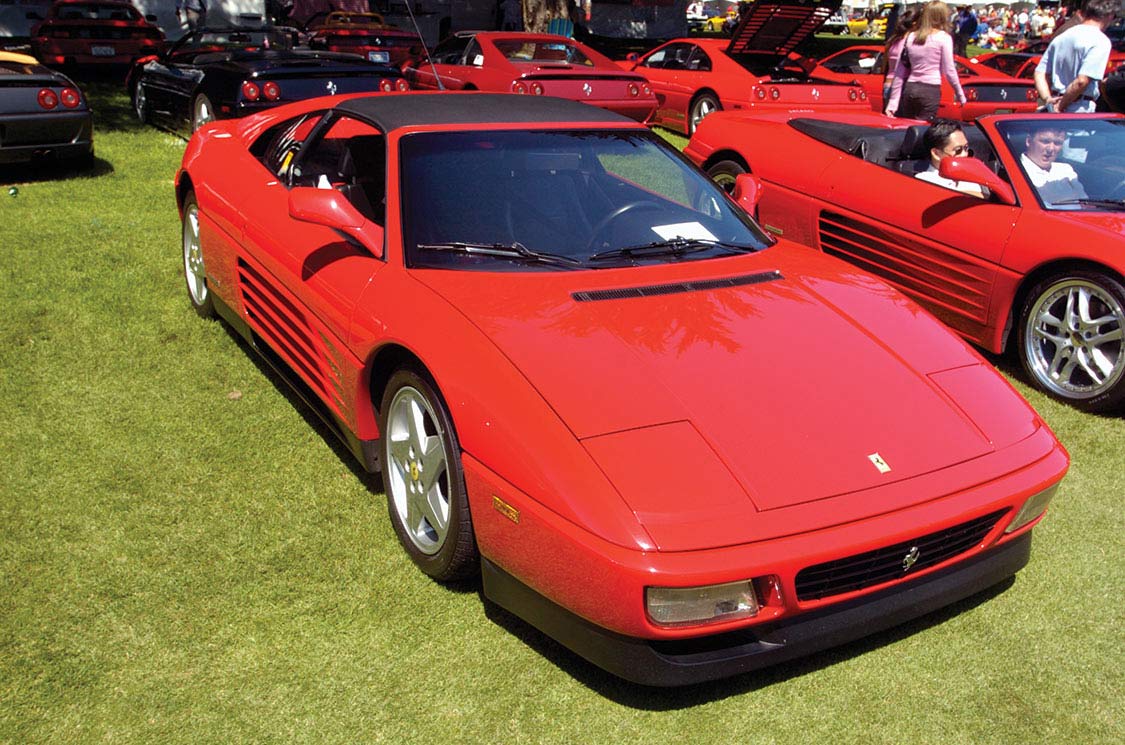
Price range: $25,000-45,000.
348 GTB and GTS ★★★
348 Serie Speciale ★★★★
The F355 was a much-improved 348 with cleaner styling and new five-valve cylinder heads for the 3.5L engine. Power was up to 375 horses and performance was impressive. There were three models: the F355 coupe, Spyder and GTS (a convertible with a Targa-style roof). The F355 was a hit, with more than 11,000 sold, which is why they sell today for Corvette money. There always seems to be more sellers than buyers, so pick out a clean one with good records.
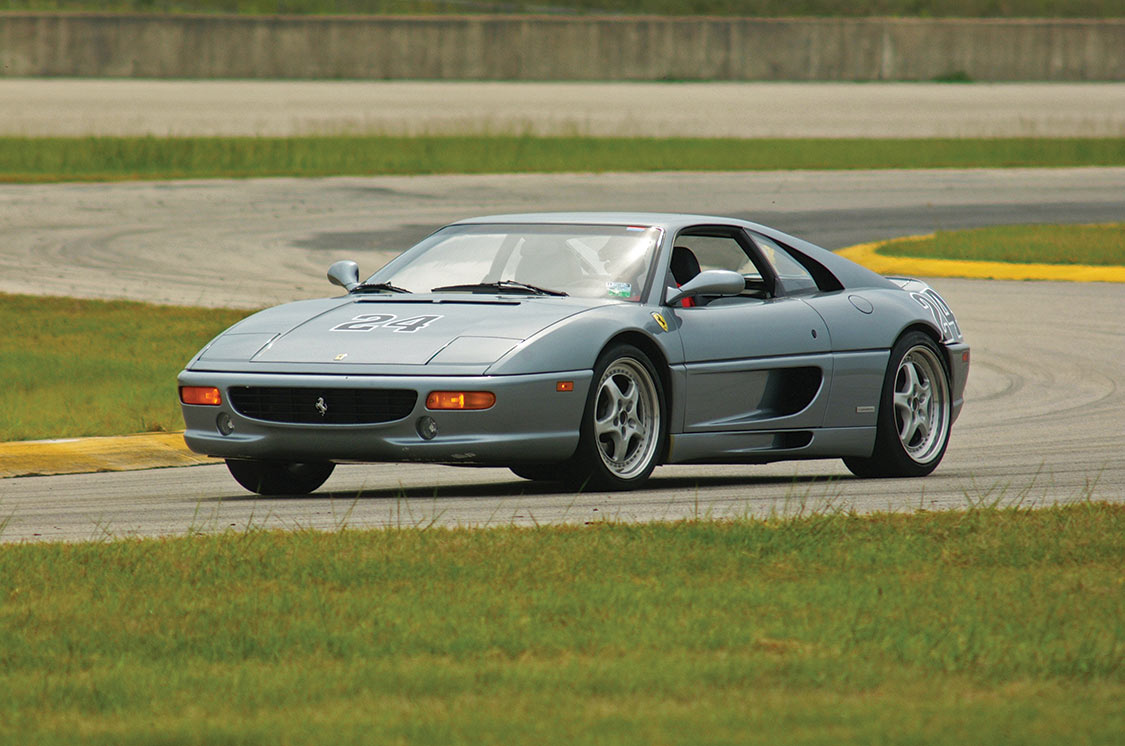
Price range: $30,000-60,000.
F355 ★★★★★
The Testarossa was a development of the 365 and 512 Boxers of the ’70s. The slat-sided styling was sooo ’80s and the TR was bulky and claustrophobic for around-town use. But it did have an impressive 5.0L flat 12 in the middle. The TR lived in the shadow of the wildly exaggerated Lamborghini Countach, despite being a better sports car. Repair costs are higher than for V-8 models, so be sure to have these inspected carefully before purchase. The engines are strong, but not so the gearboxes.
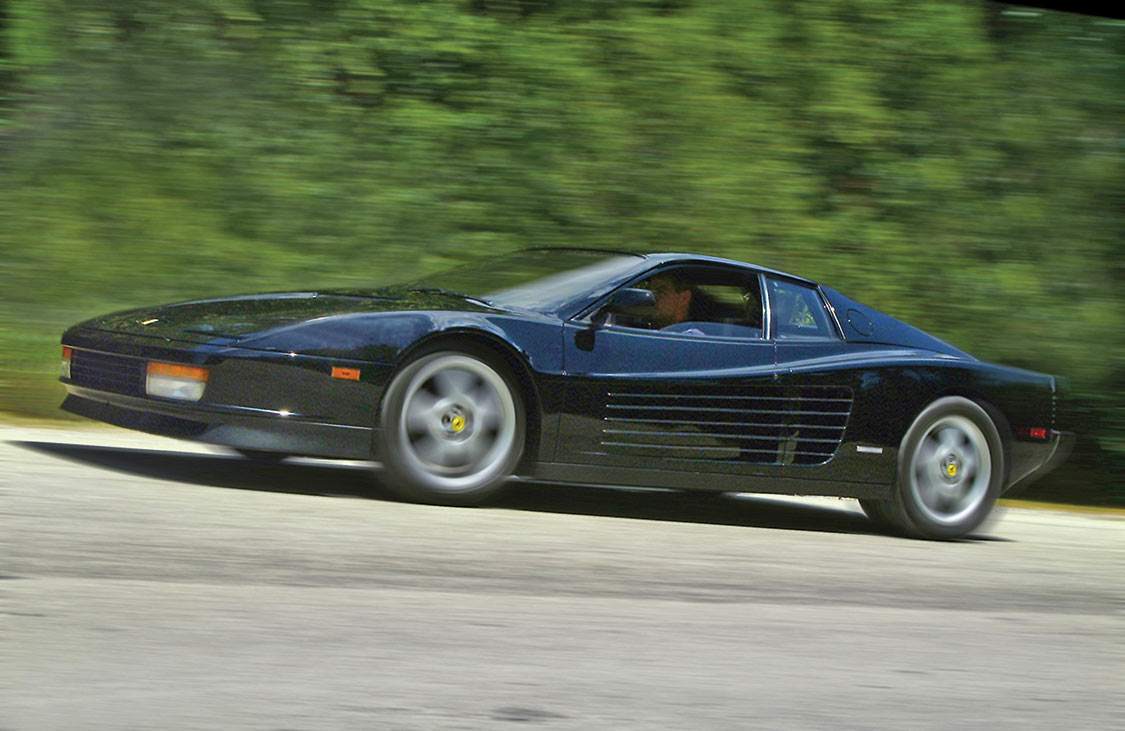
TR price range: $35,000-55,000. An improved version, the 512TR, replaced it in 1992 but the ticket starts at $60,000.
Testarossa ★★★★
Ferrari has traditionally offered medium-sized four-seat touring cars, starting with the 1960 250GTE. The early 2+2 models have now been discovered by collectors and prices have taken off. But the 365 GT4 2+2 that followed them has not found much love in the prancing-horse community. Never officially imported to the U.S. by Ferrari, a large number were converted by gray-market dealers. The wedge-shaped body became dated quickly and the 4.4L V-12 engine with six Weber carbs was a nightmare to service. In 1976 the engine was opened up to 4.8L and the name changed to 400 GT. A new model, the 400a, featured the first automatic transmission offered in a Ferrari. The “GT” suffix indicated a five-speed manual gearbox. In 1979, the Webers gave way to fuel injection and the anemic, if more tractable, 400i was born. A number of 400s were sliced into convertibles by aftermarket companies, but there were no factory drop-tops. The final development was the 1985-89 412. Minor restyling cleaned up the back and the engine was pumped up to 4.9L. The best of the lot are the GTs, especially early carbureted examples, but precious few 400s have been properly maintained.
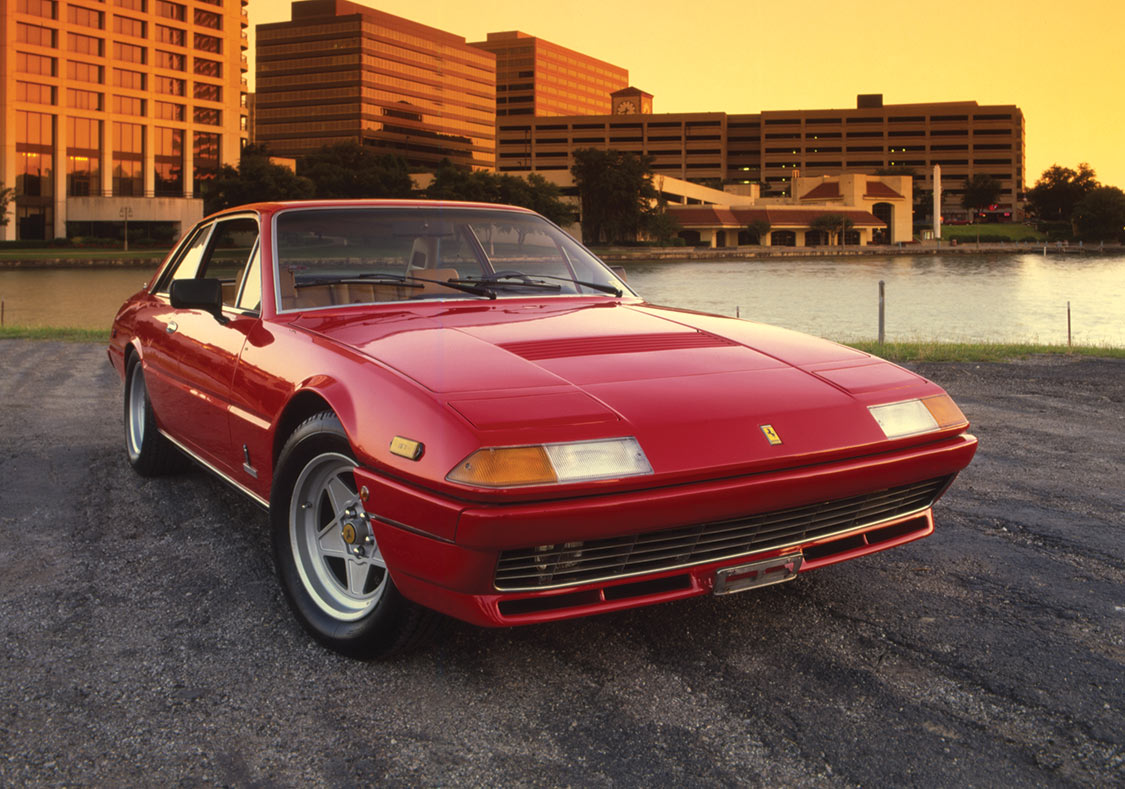
Price range (including convertible conversions): $25,000-45,000. You can find these for much less, but don’t be tempted by rough examples or engine swaps.
Automatic ★
Manual gearbox ★★
Okay, we’re cheating a little here. The big V-12 Maranellos aren’t super cheap, but they do represent the best value in a big, honking front-engined Ferrari. They look fabulous, run even better, and are the logical descendent of the iconic $500,000-plus 365 GTB “Daytona” of the ’70s. Maintenance costs are high, but the Maranello has proven to be relatively reliable and well-developed. How does 485 screaming horses and 200-mph performance sound? If you can afford to splurge on one of these, you’re getting a lot of prestige and performance for the money. The 550 is perhaps one of the few undervalued Ferraris on the market. They hold up better than the visually similar, but more electronically complicated, 575 that followed. Like the 355, the reason they’re affordable is that they sold well when new, and so are not particularly rare. Don’t let that stop you.
Price range: $60,000-80,000.
550 Maranello ★★★★★
Historically the most valuable Ferraris are the ones with a racing history. There’s not a single Ferrari racing car from the ’50s or ’60s that wouldn’t break a million dollars at auction today. However, there’s one racing Ferrari that can be had for less than a tired Porsche Cup Car, the 348 Challenge. Developed for the Ferrari Challenge amateur racing series, the 348 Challenge cars started as 348 street models but received minor performance and cosmetic improvements. Ferrari dealers then installed roll cages and other safety equipment for racing. The engines were basically stock, but special 17-inch mags wore racing slicks. The 348 Challenge cars raced from 1993 until 1996 when they were dropped from the series. Today these old warriors compete in Ferrari Club track events, NASA and SCCA road racing. You won’t win many trophies, but you can find out how it feels to race a Ferrari!
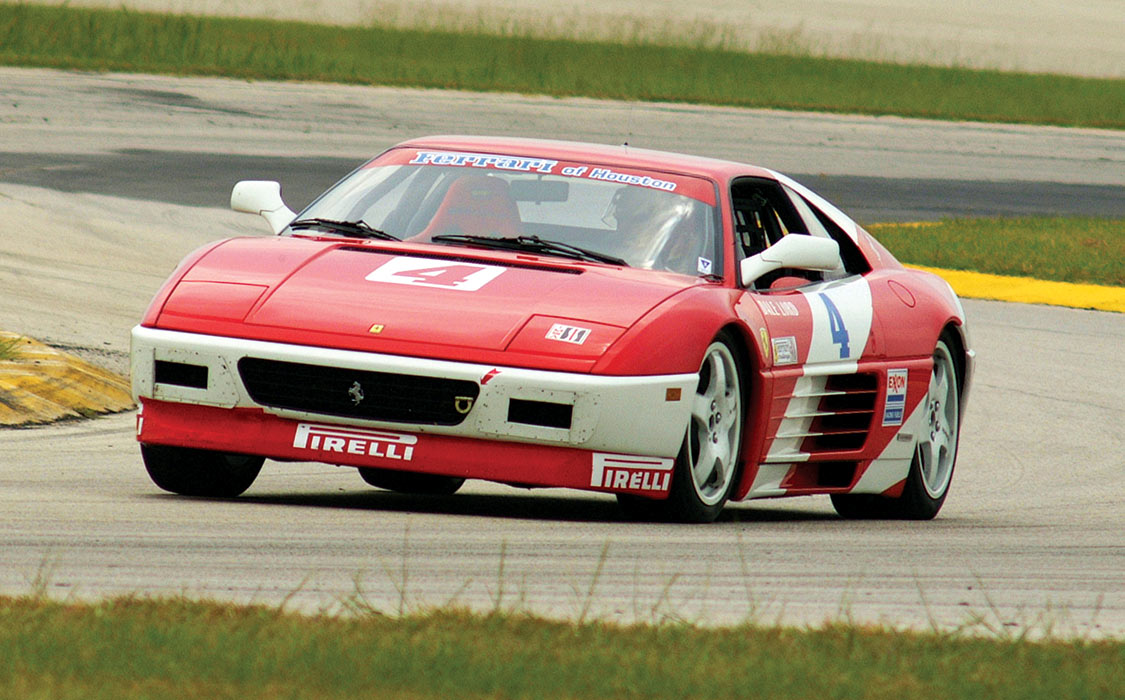
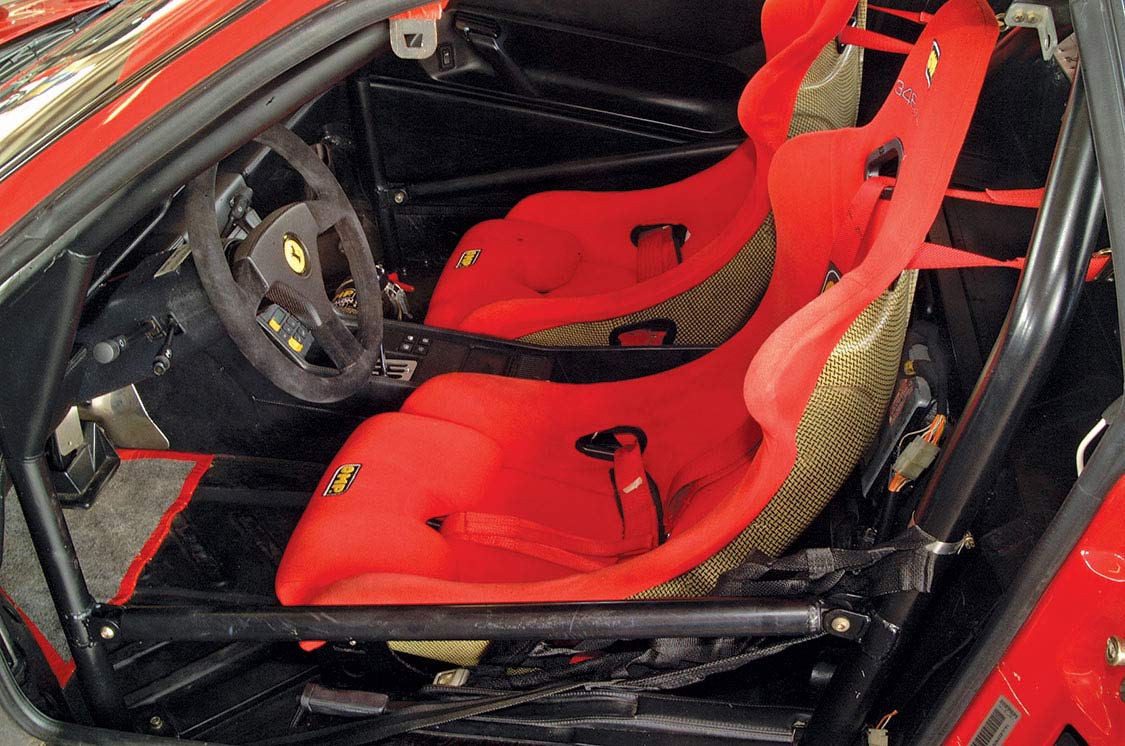
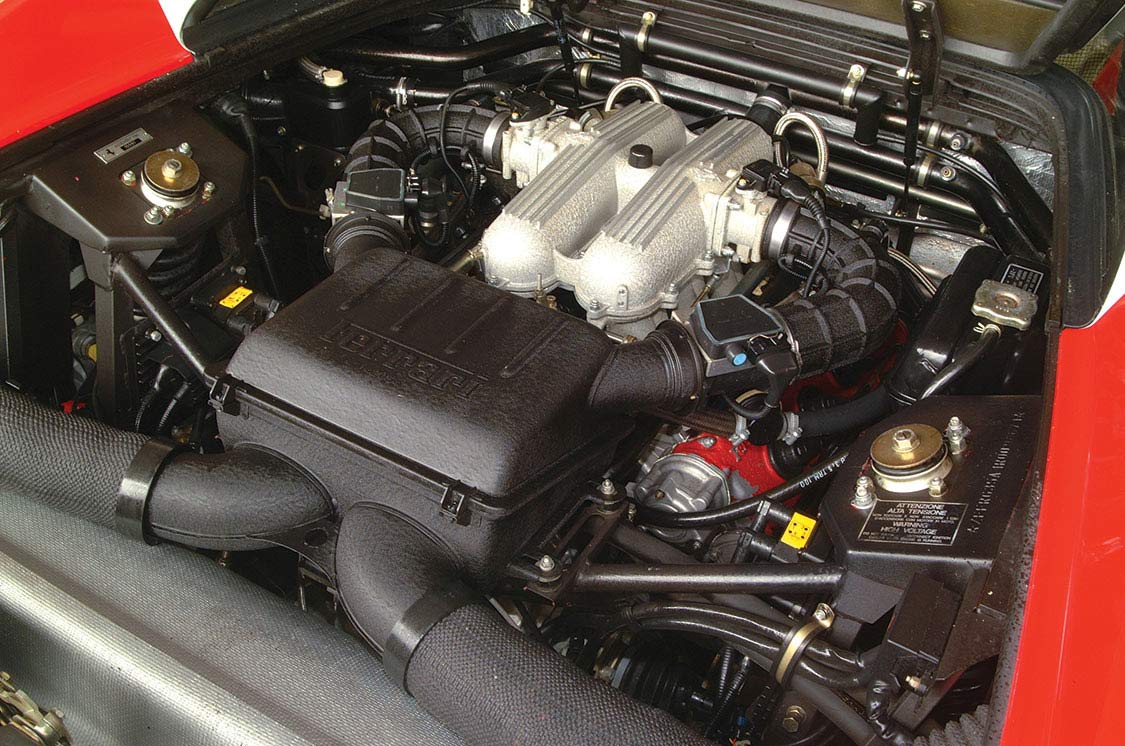
Price range: $45,000-55,000.
348 Challenge ★★★★